What if Cain was a man like everyone else, with the same feelings, the same fragility and the same strengths and weaknesses? Doubt is legitimate while visiting Athena Papadopoulos’ new exhibition, Cain and Abel Can’t and Able, curated by Alfredo Cramerotti, which inaugurated the new MOSTYN (Llandudno, Wales) exhibition season on 14 March 2020. No character has been more than Cain shunned by all literatures, perhaps because the universality of the first murderer has caused over time the inability of considering the ancient biblical reality in new ways. Exceptions were Byron, Victor Hugo, Saramago.
And now it’s up to Athena Papadopoulos (1988, Toronto, CA), always able to sagaciously stratify her physically and semantically exhibitionist artworks. Inspired by the artist’s recent book of the same name, installed on a lectern at the entrance and then spread across its pages throughout the gallery, this exhibition brings the dichotomous law that dominates the world, that of good and evil, to the surface. which continue to intertwine and which every time man tries to separate generates a tragedy. The autobiographical reference, which never fails in the practice of Papadopoulos, are the experiences of rivalry and competition between brothers and sisters. On these, and drawing on the biblical story of Cain and Abel, everything is played.
A sound work pervades the space: there are five dialogues (Cain and Abel, Subterranean bleacher bash, Locking Necks, Sister Retsis and Artist he, artist shh shh shh she) with two always distinct voices (respectively Can’t and Able, Basement and Staircase, Turkey-necked Giraffe and Humpbacked Pig, Mother and Daughter and He and She) which stage five different meanings of rivalry (biblical, architectural, zoological, family and sexual). By succeeding very well in achieving a perfect synthesis of sound, sculpture and painting, Papadopoulos transfigures each of these imaginary narratives into two series of sculptural wall paintings – Cain Can’t and Able Abel – which challenge traditional representations.
They are hybrid forms, expertly excessive, made with nail polishes, synthetic hair and disfigured plush, combined, in their most improbable elements, with an acute sense of composition and taste. Solemn, they have their how and their why: they are seductive and repellent and they challenge us with a pompous air, giving themselves importance, they want to be looked at while they articulate a conscious tension between ferocity and fragility. With the right dose of lightness and seriousness, Papadopoulos bridges the bridge of time by transforming the environment into a ground suspended between physical and mental perception, similar to the state of half-sleep in which real elements, desires and imagination are mixed.
One has the impression that she, aware that men, by nature, aspire to know and want to look at things, impose the act of looking as a first form of knowledge to which one can go further. Without orchestrating the interpretation, but preferring to turn to the subjectivity of the beholder, let the phenomenon of wonder engage. Because yes, perhaps the act of seeing is not really natural, but certainly passion always intervenes in the nature of perception. That is to say, passion has nothing to do with judgment on reality but with the perception of reality itself: it comes before judgment, during perception.
And this new production, so visceral, so passionate, that celebrates life, is there to take us all within a journey into the abysses of the greatest, dark and complex meanings, through the experience of the other. Indeed, through and against the other. So let’s get the idea of looking at Cain and Abel Can’t and Able taking a neutral position, free from any emotion, would be a pure abstraction. There is no non-passionate, Athena Papadopoulos is actually demonstrating it by moving within an emblematic series of warlike dichotomies. Is it not the universe itself that dominates it?
Info:
Athena Papadopoulos. Cain and Abel Can’t and Able
curated by Alfredo Cramerotti
MOSTYN, Llandudno, Wales
Extended until October 2020, pending new preventive provisions from the Government of Wales.
The exhibition is made possible thanks to the support of the Zabludowicz Collection and EMALIN gallery.
 Athena Papadopoulos, Cain and Abel Can’t and Able. Installation view at MOSTYN, Wales UK, March 2020. Ph: Mark Blower
Athena Papadopoulos, Cain and Abel Can’t and Able. Installation view at MOSTYN, Wales UK, March 2020. Ph: Mark Blower
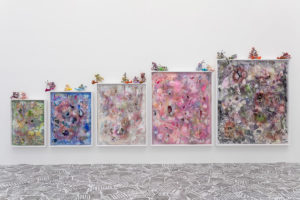 Athena Papadopoulos, Cain and Abel Can’t and Able. Installation view at MOSTYN, Wales UK, March 2020. Ph: Mark Blower
Athena Papadopoulos, Cain and Abel Can’t and Able. Installation view at MOSTYN, Wales UK, March 2020. Ph: Mark Blower
 Athena Papadopoulos, Able Abel, 2020. Cain and Abel Can’t and Able. Installation view at MOSTYN, Wales UK, March 2020. Ph: Mark BlowerAble Abel, 2020
Athena Papadopoulos, Able Abel, 2020. Cain and Abel Can’t and Able. Installation view at MOSTYN, Wales UK, March 2020. Ph: Mark BlowerAble Abel, 2020
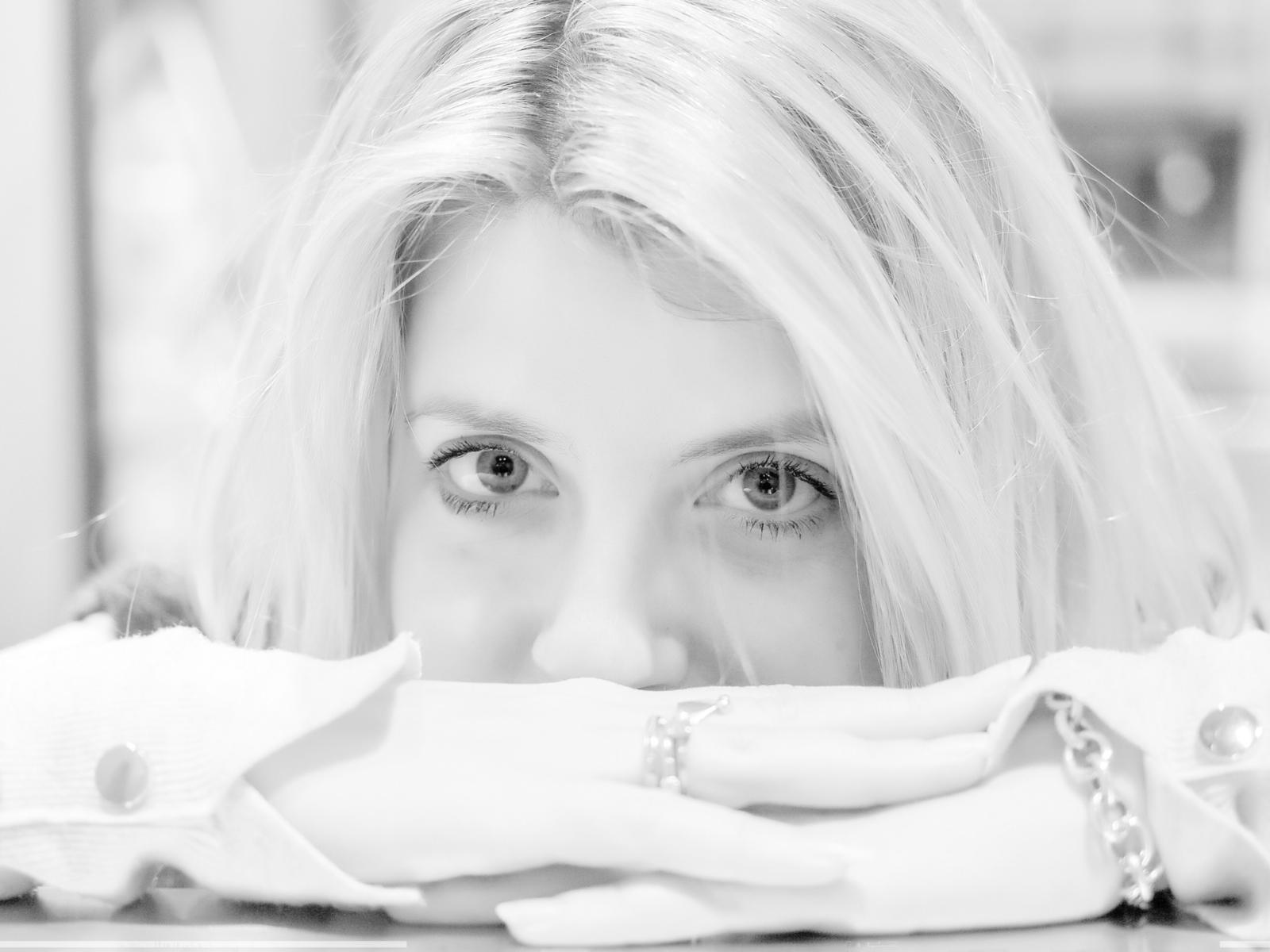
She believes that art is a continuous search for expressive forms to depict the world in ways that we do not yet know. Graduated in Literature, she first specialized at the University of Bergamo with a thesis on what remains of a performance, then attended the curatorial school at the University of Malta. Since 2013 he has collaborated with associations, exhibition spaces and galleries as a cultural producer and independent curator.


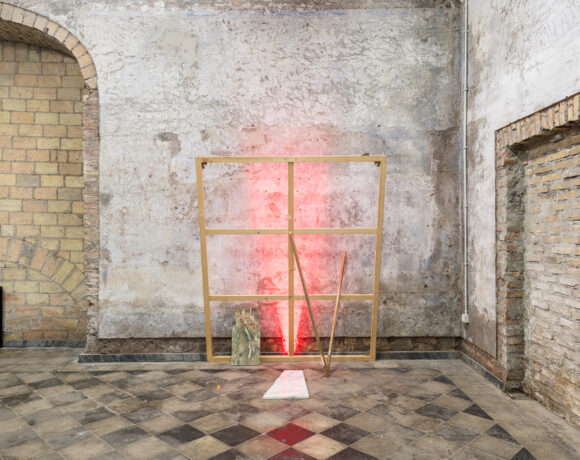
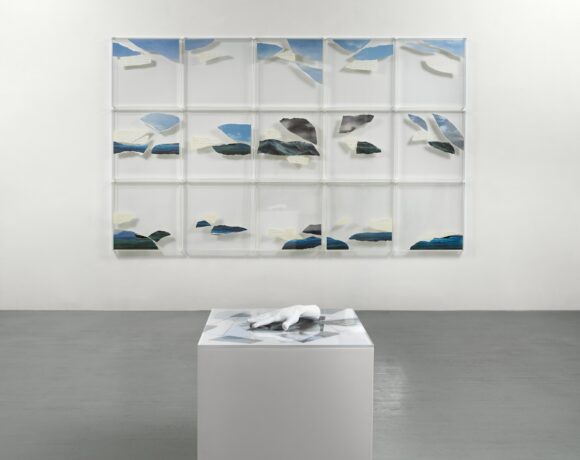
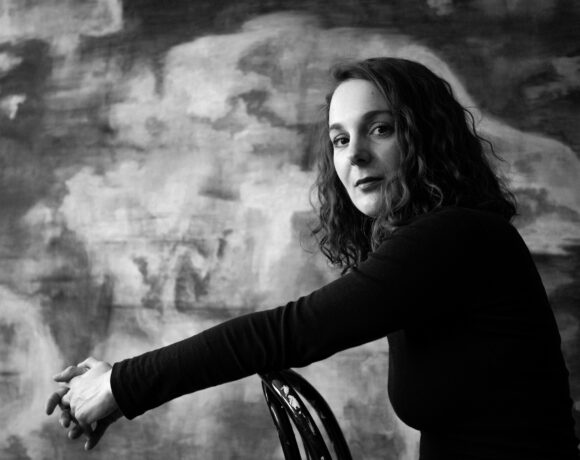

NO COMMENT